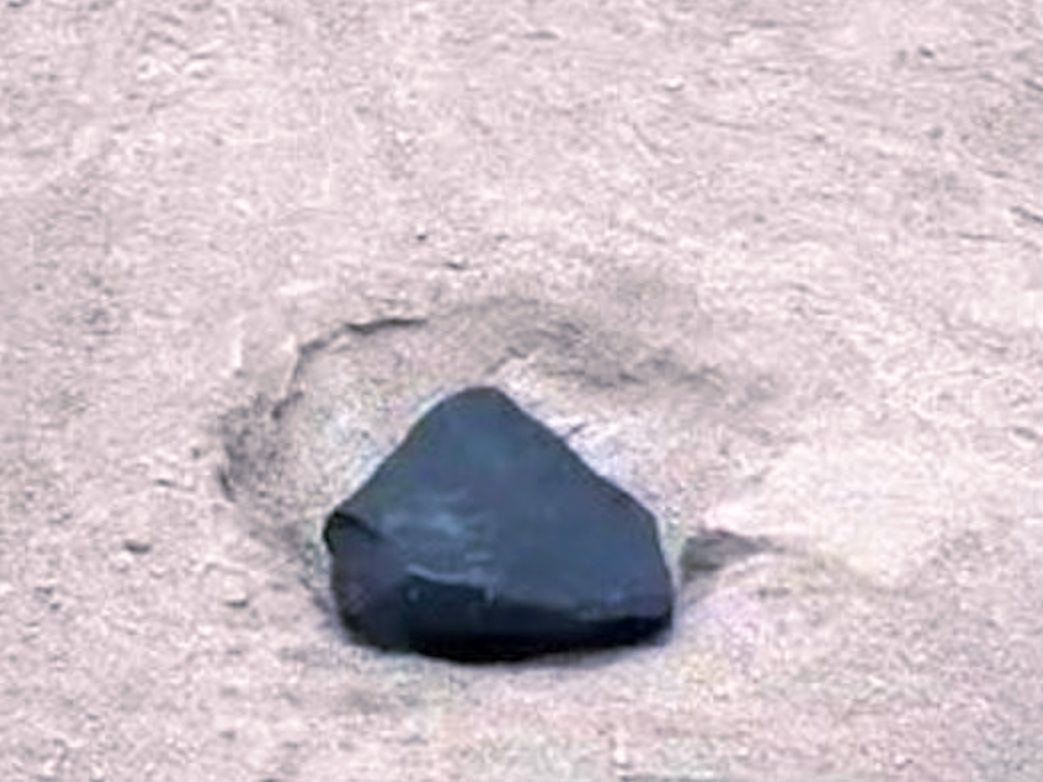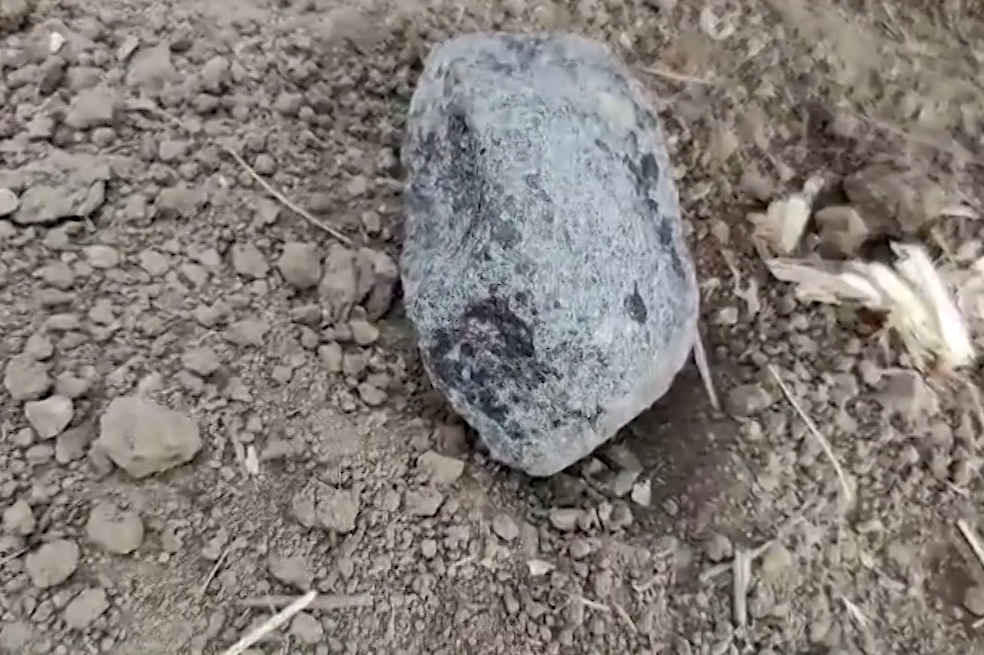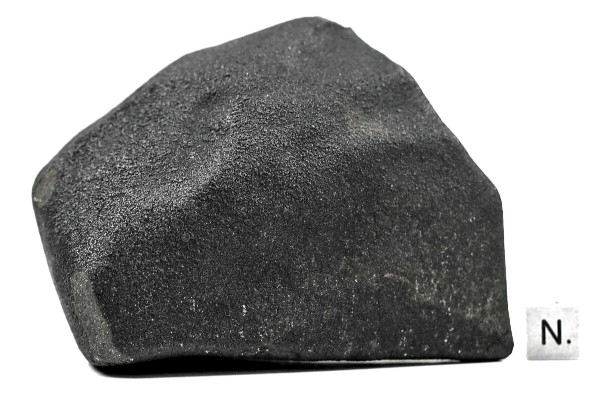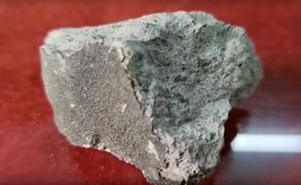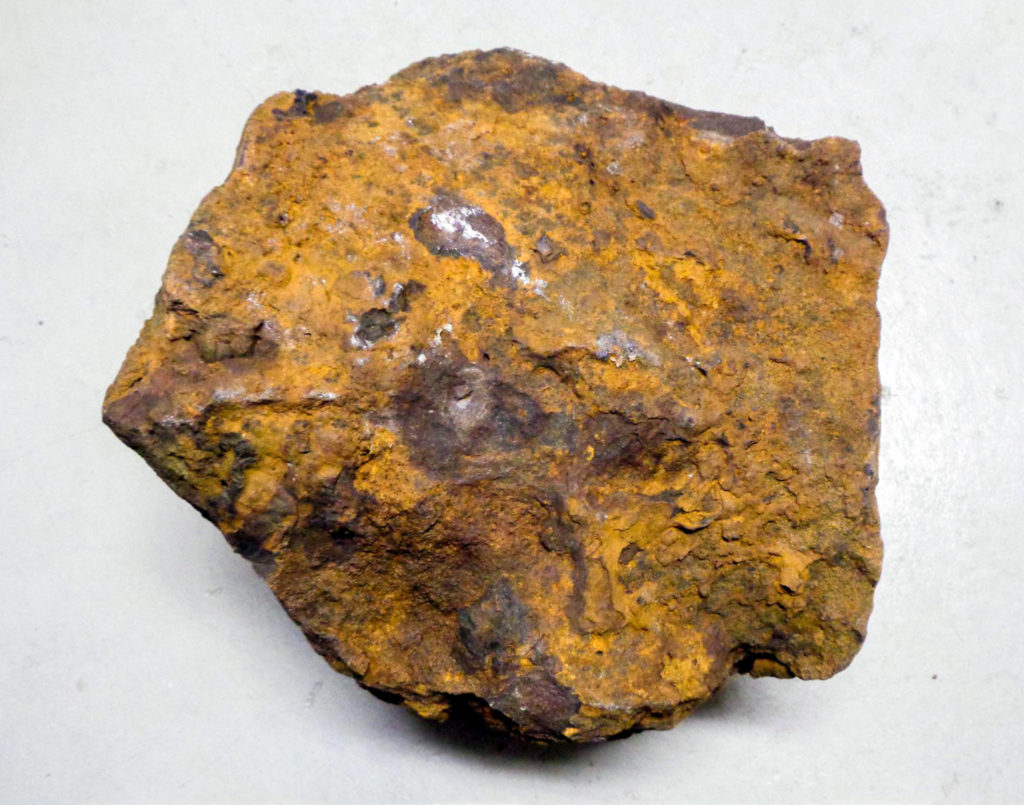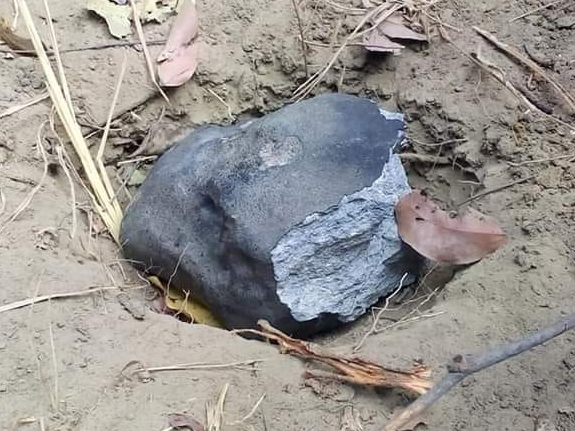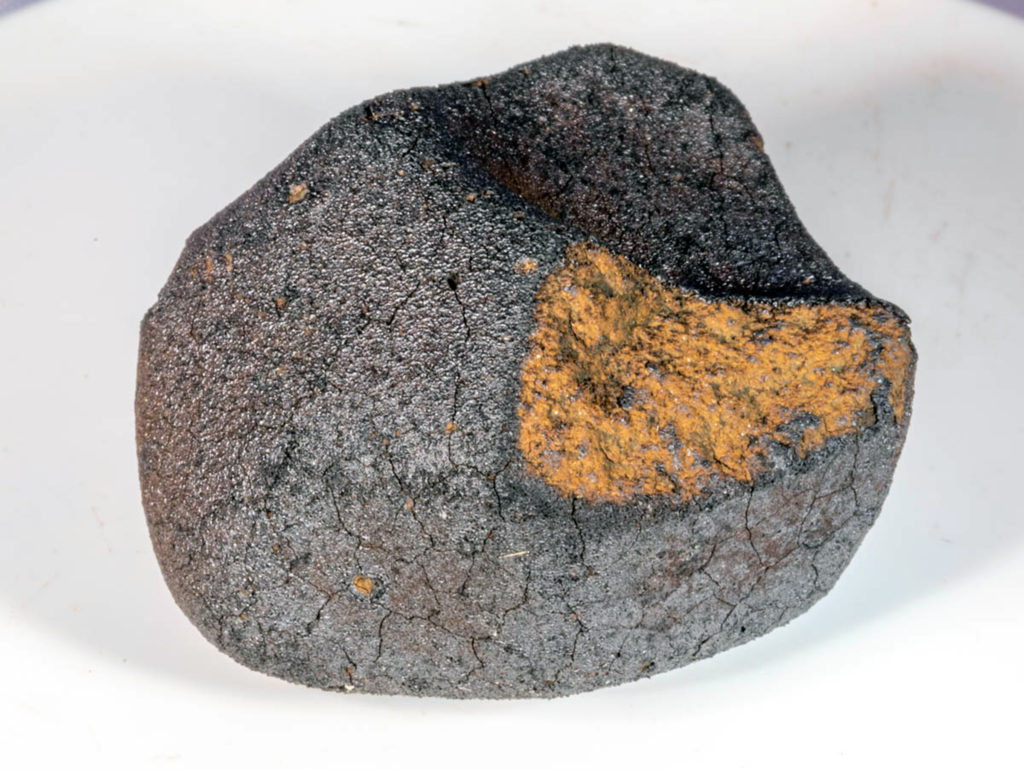Near- and mid-infrared spectral diversity in the Aguas Zarcas carbonaceous chondrite and implications for inferring aqueous processes on primitive asteroids using remote sensing
Cody Schultz, Ralph E. Milliken, Joseph Boesenberg, Imene Kerraouch
MAPS, Version of Record online: 21 March 2025
“CM carbonaceous chondrites are complex brecciated meteorites that exhibit significant chemical, mineralogic, and petrographic diversity both between and within individual samples. As most reflectance spectroscopy studies of carbonaceous chondrites are performed on bulk powders, important questions remain about the true spectral diversity of these complex breccias and the degree to which lab-based meteorite spectra can be reliably related to remotely acquired spectra of primitive asteroids. The Aguas Zarcas meteorite is a unique CM chondrite in that it has been found to exhibit at least five chemically and isotopically distinct lithologies that are all associated with a single fall event. Here, we describe a coordinated petrographic and spectroscopic study to further investigate the thermochemical and collisional history of the Aguas Zarcas parent body and to better understand how to interpret remotely acquired spectra of primitive asteroids. Four intact sections of the Aguas Zarcas meteorite, which together represent at least three to four distinct lithologies, were analyzed using microscope FT-IR (μFT-IR) spectroscopy and electron probe microanalysis (EPMA) elemental mapping. Our study found significant variations in spectral features, particularly in the mid-infrared (MIR) wavelength region, that can be linked to petrographic diversity between lithologies. The relative abundance of matrix phyllosilicates and pyroxene appears to have the strongest influence on the shape, position, and strength of MIR spectral features. Linear spectral unmixing models as a method for compositional interpretation showed varying accuracy when compared to EPMA-based estimates, with integrated μFT-IR spectral maps showing better results compared to unmixing of bulk (larger spot size) FT-IR spectra. A notable discovery in two sections of the Aguas Zarcas meteorite was the presence of carbonate veins along the boundary of chemically and petrographically separate lithologies, which provide important constraints on the nature and timing of pre- and post-brecciation aqueous alteration.”

